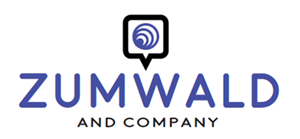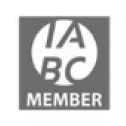Speechwriting techniques: 7 reasons why you should tie your speech opening to your speech closing

In a recent post on 10 big mistakes public speakers make on stage, I said it was important to work hard on a blockbuster ending that answers three questions:
- In the end, what do you want your audience to remember?
- How do you want them to feel about what you said?
- And why does it matter?
You can accomplish this goal in many ways: With an inspirational quote. The right anecdote. A challenging question. A quick summary. And of course, a compelling call to action.
When it comes to speechwriting techniques, a superb idea – which can be combined with any of the ending ideas just mentioned – is figuring out a clever and appropriate way to tie the closing of your speech to the opening.
This can be a little trickier, but it’s highly effective when you end a speech.
Here are seven reasons why you should tie your speech opening to your speech closing:
- If you are attempting to persuade (and most speeches have some element of persuasion), tying the ending to the beginning can help you achieve that goal.
- It signals to the audience in a savvy way that you are nearing the end of your speech without you having to say, “In closing, I’d like to tell you that …”
- It is familiar, which is both reassuring and pleasing to the audience.
- It reminds people about the journey you’ve just been on together, and how their thinking has changed from the beginning of the speech until now.
- It is satisfying to people because it provides closure – and people like closure (as humans, we prefer to seek answers rather than struggle with ambiguity).
- It brings your idea full circle and unifies your thinking.
- It makes your Big Idea easier for the audience to recall – and act upon – in the future.
Tying your opening to your closing does not mean repeating verbatim at the end what you said when you opened your speech.
Instead?
When you end a speech, figure out a way to shine a different light on what you said in your opening.
Connect those dots for the audience based on the new insights you just shared during your presentation.
As you consider which speechwriting techniques you’ll use the next time you speak, consider connecting your opening to your closing. If you do, you will leave the right kind of lasting impression: one that does not disappoint.

















